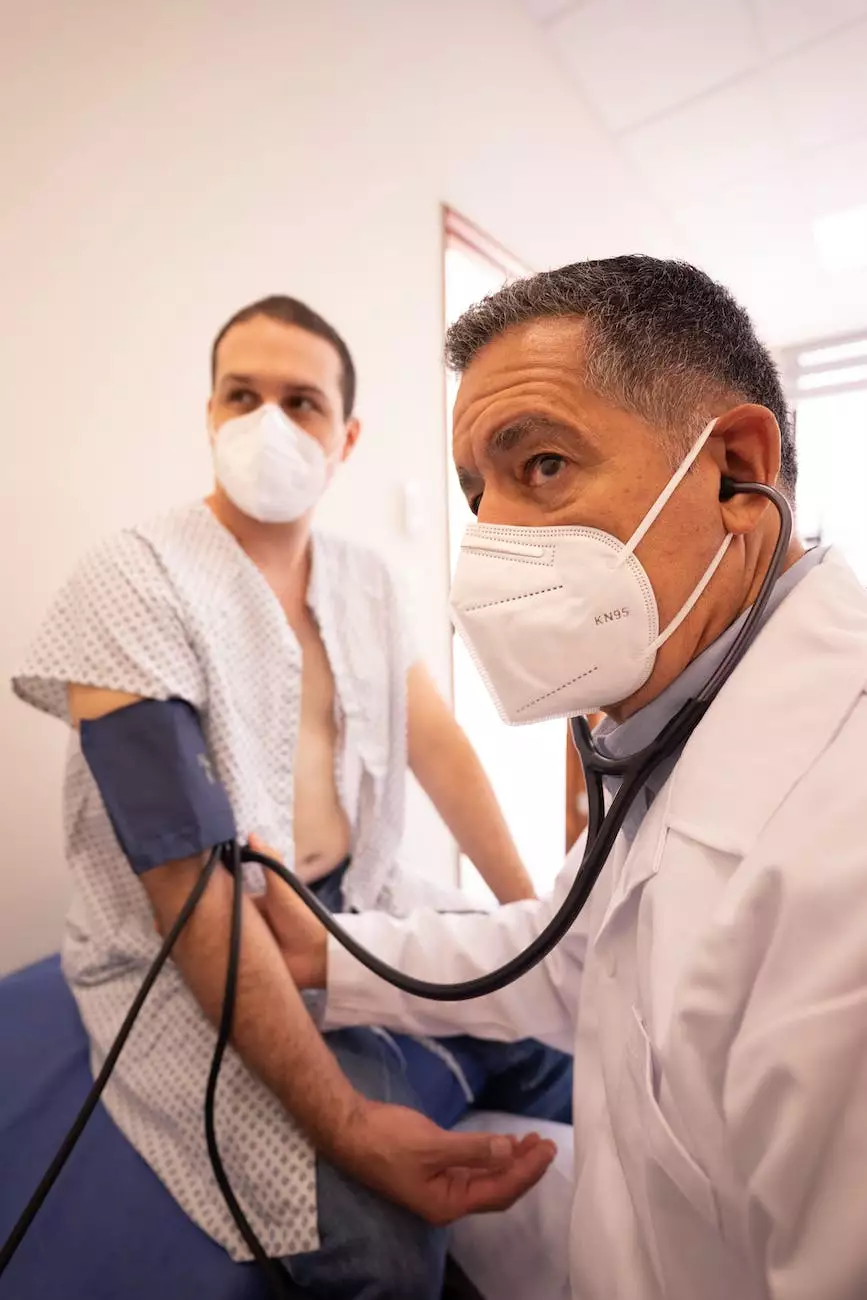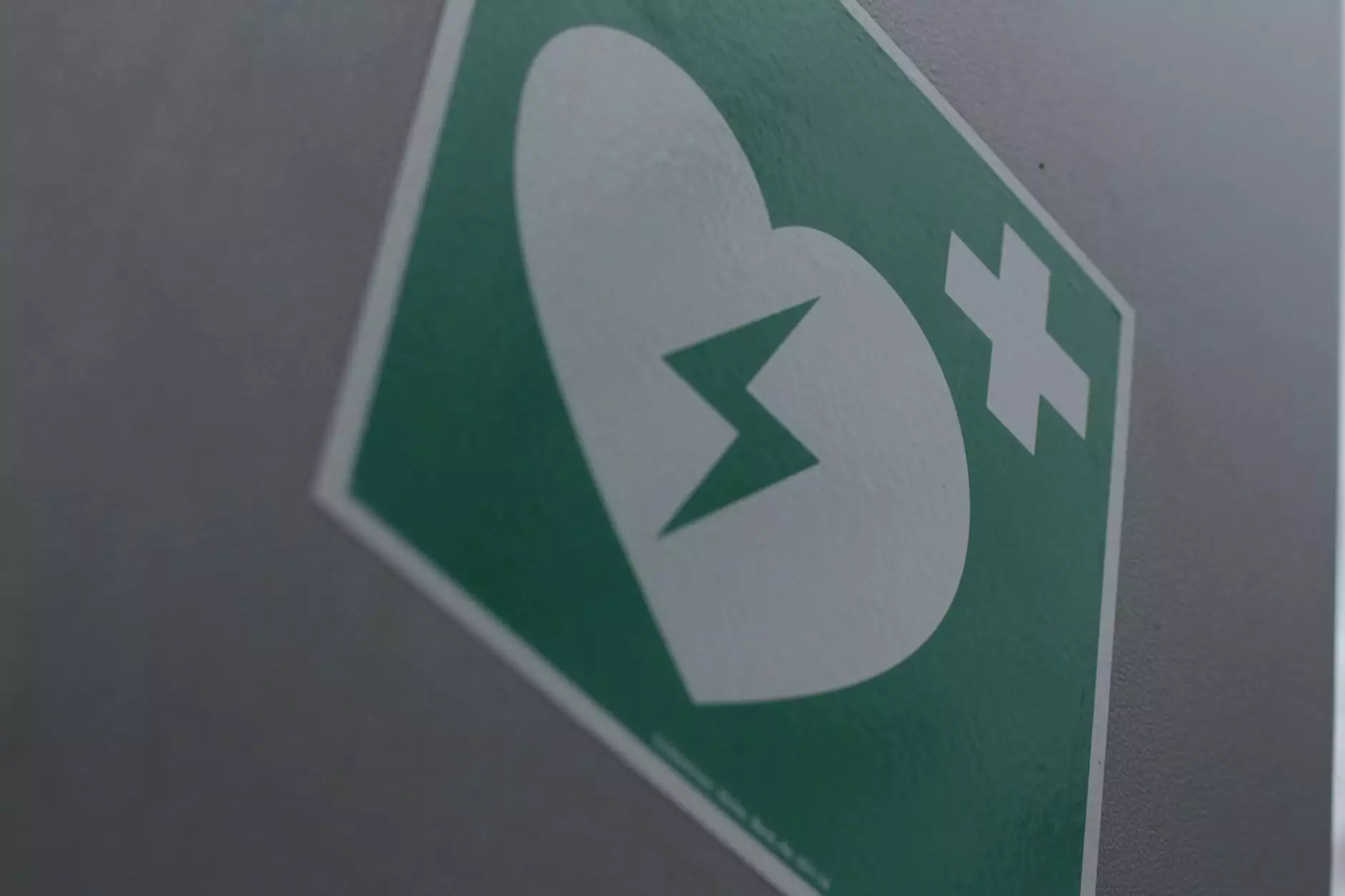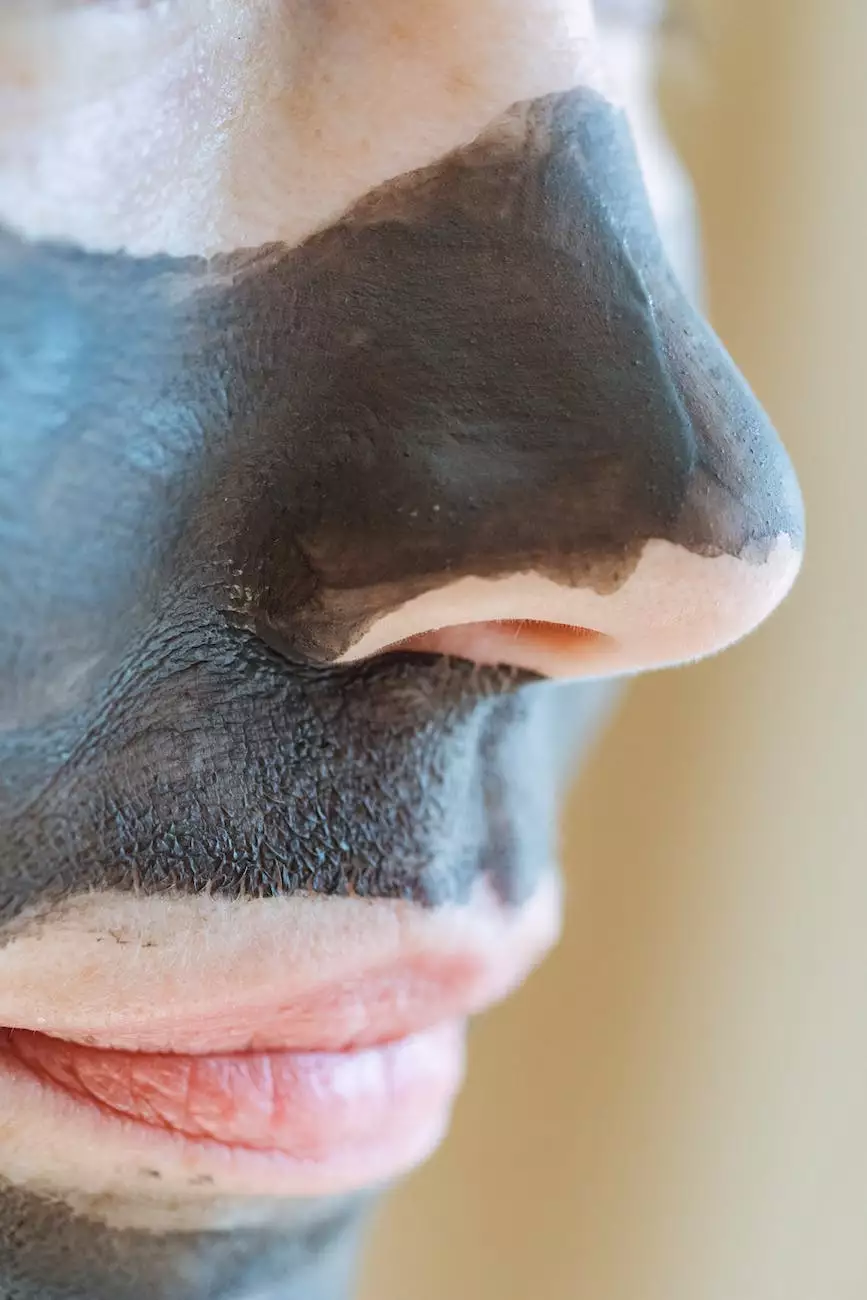Tick Bite Treatment and Home Remedies
Health Equity
Introduction
Welcome to Norton Community Medical Associates, your trusted source for comprehensive healthcare information. In this article, we will discuss common skin issues such as tick bites, rashes, and bug bites, and provide effective treatment and home remedies to manage these conditions.
Understanding Tick Bites
Tick bites are a common issue, especially in areas with wooded or grassy surroundings. Ticks are tiny arachnids that latch onto the skin and feed on blood. If you find a tick on your body, it is crucial to remove it promptly to prevent any potential infections or diseases.
Recognizing Tick Bites
Tick bites may cause mild to moderate itching, redness, and swelling around the affected area. In some cases, a tick might still be attached to the skin. It's essential to identify a tick bite and distinguish it from other bug bites, as tick bites can transmit diseases such as Lyme disease, Rocky Mountain spotted fever, or babesiosis.
Tick Bite Treatment
If you have been bitten by a tick, follow these steps for proper treatment:
- Remove the tick: Use fine-tipped tweezers to grasp the tick as close to the skin's surface as possible. Pull upward with steady, even pressure. Avoid twisting or jerking the tick, as this may cause the mouthparts to break off and remain in the skin.
- Clean the area: After removing the tick, clean the bitten area with soap and water or an antiseptic.
- Apply an antiseptic: To prevent infection, apply a topical antiseptic, such as hydrogen peroxide or rubbing alcohol, to the bite area.
- Monitor for symptoms: Keep a close eye on the bite site and watch for any signs of infection or illness. If you develop a rash, fever, or any other concerning symptoms, seek medical attention immediately.
Managing Rash and Bug Bites
Rashes and bug bites are common skin issues that can result from various causes such as allergies, insect bites, or exposure to irritants. While most rashes and bug bites are harmless, they can cause discomfort and irritation. Here are some tips for managing these conditions:
Identifying Rashes and Bug Bites
Rashes can manifest as red, itchy patches on the skin, with or without blisters or bumps. Bug bites typically cause localized swelling, redness, and itching. Identifying the cause of the rash or bite is essential for effective treatment.
Rash and Bug Bite Treatment
Depending on the cause and severity of the rash or bug bite, the following treatments and remedies may help:
- Topical creams or ointments: Over-the-counter hydrocortisone creams or calamine lotions can provide relief from itching and reduce inflammation.
- Cool compress: Applying a cold compress to the affected area can alleviate itching and reduce swelling.
- Oral antihistamines: If itching is severe, oral antihistamines can help provide relief. Consult with a healthcare professional for appropriate dosages.
- Avoid scratching: While it can be tempting, avoid scratching the rash or bite, as this can worsen the irritation and potentially lead to infection.
Home Remedies for Skin Issues
Alongside traditional treatments, several home remedies may aid in alleviating symptoms associated with tick bites, rashes, and bug bites:
Tea Tree Oil
Tea tree oil is a natural antiseptic and can help reduce inflammation and itching. Dilute a few drops of tea tree oil with a carrier oil, such as coconut oil, and apply it directly to the affected area.
Aloe Vera Gel
Aloe vera gel is known for its soothing properties and can provide relief from itching and inflammation. Apply a small amount of pure aloe vera gel to the affected skin multiple times a day.
Oatmeal Bath
An oatmeal bath can help soothe irritated skin. Simply add finely ground oatmeal to a warm bath and soak for around 20 minutes. Pat the skin dry gently after bathing.
Apple Cider Vinegar
Apple cider vinegar possesses antimicrobial properties and can alleviate itching. Mix equal parts of apple cider vinegar and water, and apply it to the affected area with a cotton ball.
Preventing Future Bites
Avoiding tick bites, rashes, and bug bites is the best approach. Here are some preventive measures:
- Wear protective clothing: When in grassy or wooded areas, wear long-sleeved shirts, long pants, and closed-toe shoes to minimize exposure to bugs and ticks.
- Use insect repellent: Apply an insect repellent containing DEET or picaridin to exposed skin and clothing.
- Perform regular tick checks: After spending time in tick-prone areas, thoroughly check your body and clothing for any ticks and promptly remove them.
- Keep outdoor areas maintained: Regularly mow the lawn, remove leaf litter, and trim bushes to reduce tick habitats near your residence.
Conclusion
At Norton Community Medical Associates, we understand the importance of proper tick bite treatment and care for common skin issues like rashes and bug bites. By following our guidelines and using effective home remedies, you can alleviate symptoms and prevent further complications. Remember, if you experience persistent or worsening symptoms, it is always advisable to consult with a healthcare professional for further evaluation and treatment.









